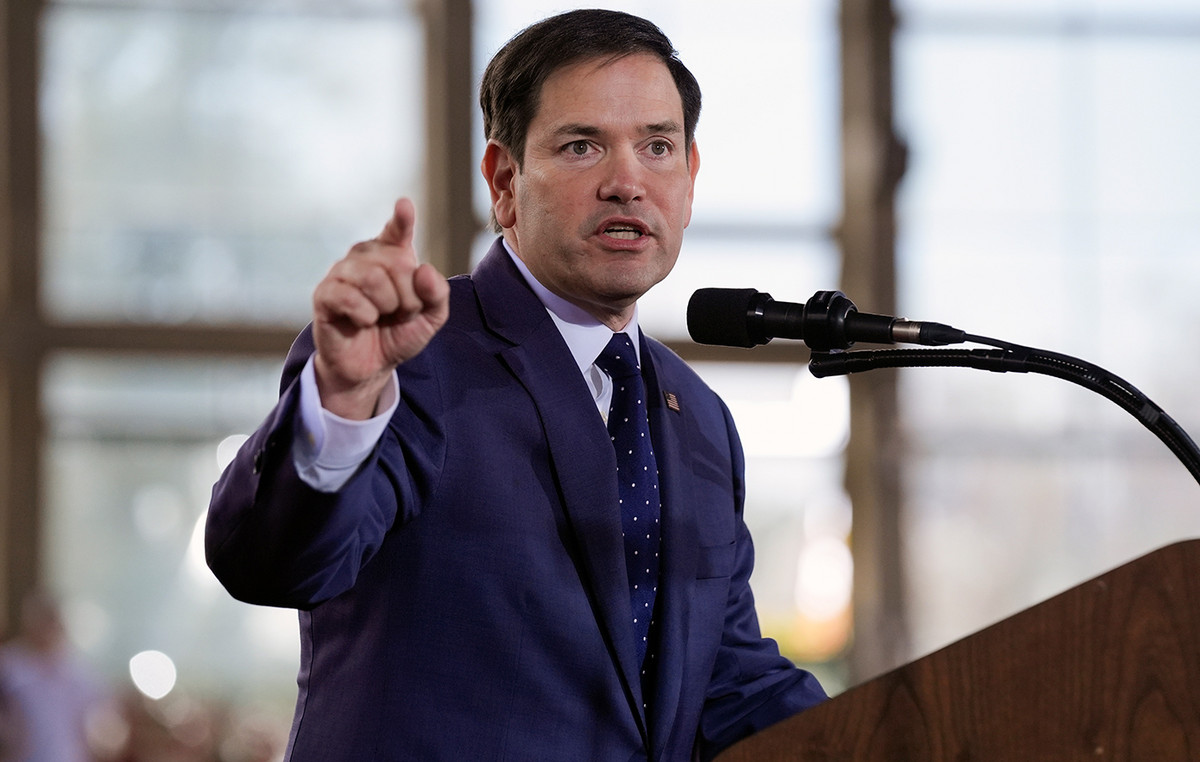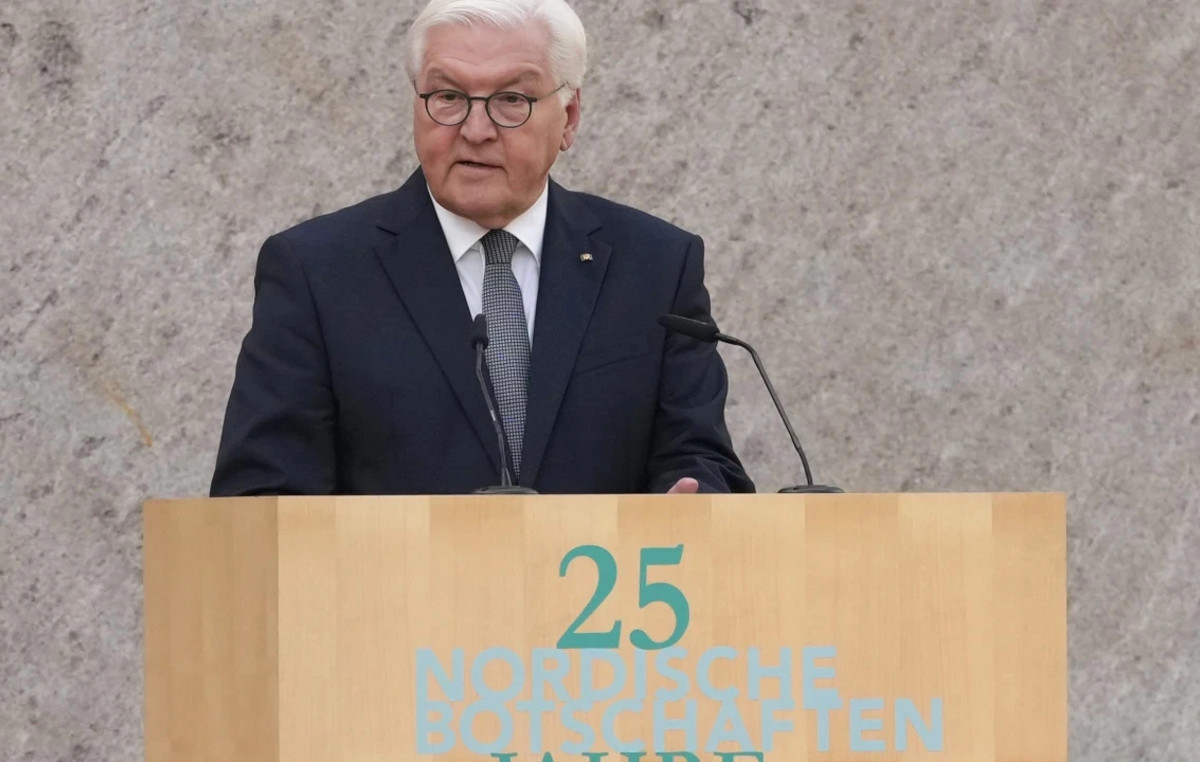- GBP/USD starts the new week on a positive note and breaks a three-day losing streak.
- The decline in US bond yields causes profit taking around the USD and lends support to the pair.
- Lowering expectations of a BoE rate cut in December benefits GBP and acts as a tailwind.
The GBP/USD pair gaps up at the start of a new week and, for now, appears to have broken a three-day losing streak at levels below 1.2500, or its lowest level since May touched last Friday. Spot prices rise towards the 1.2600 mark during the Asian session and receive support from a weaker US Dollar (USD).
The Dollar Index (DXY), which tracks the dollar against a basket of currencies, retreats from a two-year high as bulls opt to take some profits following a sharp pullback in US Treasury yields. In addition to this, an extension of the recovery in risk appetite in global stock markets turns out to be another factor weakening the safe-haven Dollar and offering some support to the GBP/USD pair.
Reports that Israel was close to reaching a ceasefire with the military group Hezbollah in Lebanon fueled optimism about a possible de-escalation in the protracted conflict in the Middle East. Added to this is the nomination of Scott Bessent as US Secretary of the Treasury, which clears up an important point of uncertainty for the markets and alleviates concerns about a trade war under the new Trump administration, which, in turn, , increases investor confidence.
Meanwhile, the British Pound (GBP) continues to benefit from reduced expectations that the Bank of England (BoE) will cut rates next month, especially after data released last week showed that underlying Prices in the UK accelerated. Indeed, UK annual inflation moved back above the central bank’s target and accelerated sharply to 2.3% in October, suggesting the BoE will move cautiously on interest rate cuts.
Any significant decline in the USD, however, appears limited amid expectations that the expansionary policies proposed by US President-elect Donald Trump will boost inflation and limit the room for the Fed to cut further. interest rates. This should act as a tailwind for US bond yields and supports prospects for some buying to emerge at lower USD levels, warranting caution before opening bullish positions around the GBP pair. /USD.
The British Pound FAQs
The British Pound (GBP) is the oldest currency in the world (AD 886) and the official currency of the United Kingdom. It is the fourth most traded foreign exchange (FX) unit in the world, accounting for 12% of all transactions, averaging $630 billion a day, according to 2022 data. Its key trading pairs are GBP/ USD, which represents 11% of FX, GBP/JPY (3%) and EUR/GBP (2%). The British Pound is issued by the Bank of England (BoE).
The most important factor influencing the value of the Pound Sterling is the monetary policy decided by the Bank of England. The Bank of England bases its decisions on whether it has achieved its main objective of “price stability” – a constant inflation rate of around 2%. Its main tool to achieve this is the adjustment of interest rates. When inflation is too high, the Bank of England will try to control it by raising interest rates, making it more expensive for people and businesses to access credit. This is generally positive for sterling, as higher interest rates make the UK a more attractive place for global investors to invest their money. When inflation falls too much it is a sign that economic growth is slowing. In this scenario, the Bank of England will consider lowering interest rates to make credit cheaper, so that companies will take on more debt to invest in projects that generate growth.
The data released measures the health of the economy and may affect the value of the pound. Indicators such as GDP, manufacturing and services PMIs and employment can influence the direction of the Pound.
Another important piece of information that is published and affects the British Pound is the trade balance. This indicator measures the difference between what a country earns from its exports and what it spends on imports during a given period. If a country produces highly in-demand export products, its currency will benefit exclusively from the additional demand created by foreign buyers seeking to purchase those goods. Therefore, a positive net trade balance strengthens a currency and vice versa in the case of a negative balance.
Source: Fx Street
I am Joshua Winder, a senior-level journalist and editor at World Stock Market. I specialize in covering news related to the stock market and economic trends. With more than 8 years of experience in this field, I have become an expert in financial reporting.







